I got a drone for Christmas - now what?
How to start using your new drone
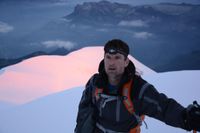
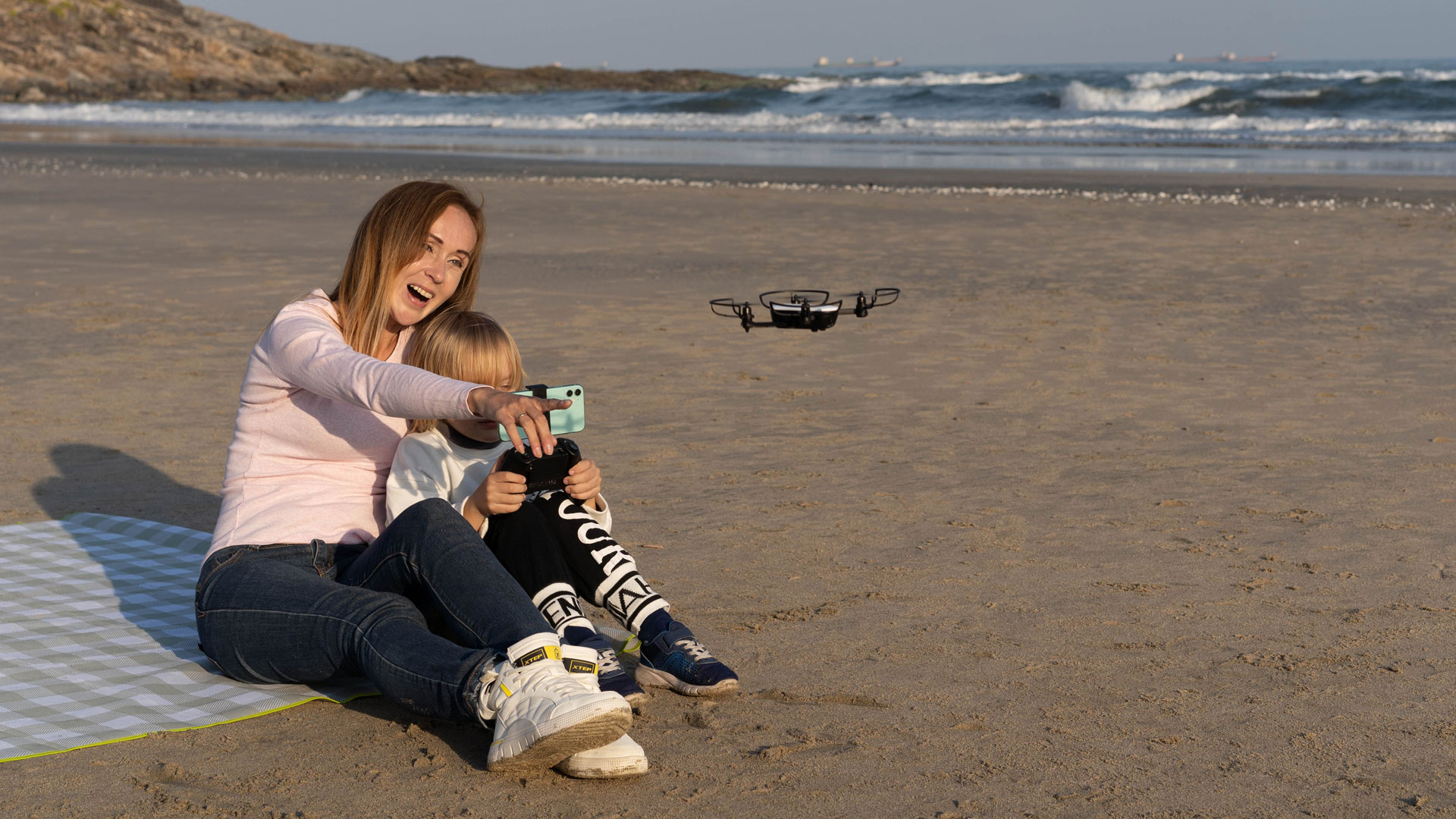
With the popularity of drones on the rise - especially drones for kids, budget drones and drones for beginners - plenty of people will have received one for Christmas. Not everyone, however, including many parents of aspiring pilots, will know what to do next.
Taking your first drone for its maiden flight can be a bit intimidating. Where do you start? Can you fly it anywhere? Do you have two register it first, or can you just start exploring the skies?
Here we take you through some of the most sensible first steps to go through in order to get the best out of your new drone - follow this advice and pretty soon you will be flying through the air with confidence.

Get it out of the box
Your new drone is never going to levitate off the floor while it’s in the box. Clear a table of all other clutter and get your drone out of its box. Make sure all the components are there, familiarise yourself with what’s what, and put the drone together. Hold the controls in your hand, study the buttons and levers and get used to how they look and feel before you power the machine up.
Read the instructions
Yeah, that sounds obvious. But how often do you go full steam ahead with something before you have read the literature that comes with it? We are all guilty of this. But drones are technical pieces of kit and you will get the most out of it if you take the time to really read the instructions and properly understand its capabilities.
Charge the batteries
Drones virtually always come with rechargeable batteries, which will offer a range of flight time, depending on the model you have and the quality of the batteries. Drones do burn through power quickly, and most models for beginners and kids - and cheap drones - will only stay airborne for around 10 minutes (some a little more, others a little less). Even the best drones on the market struggle to fly much beyond half an hour on a single set of batteries, so make sure your batteries are fully charged, and have spares ready to go if possible (only ever use the batteries recommended for your drone).
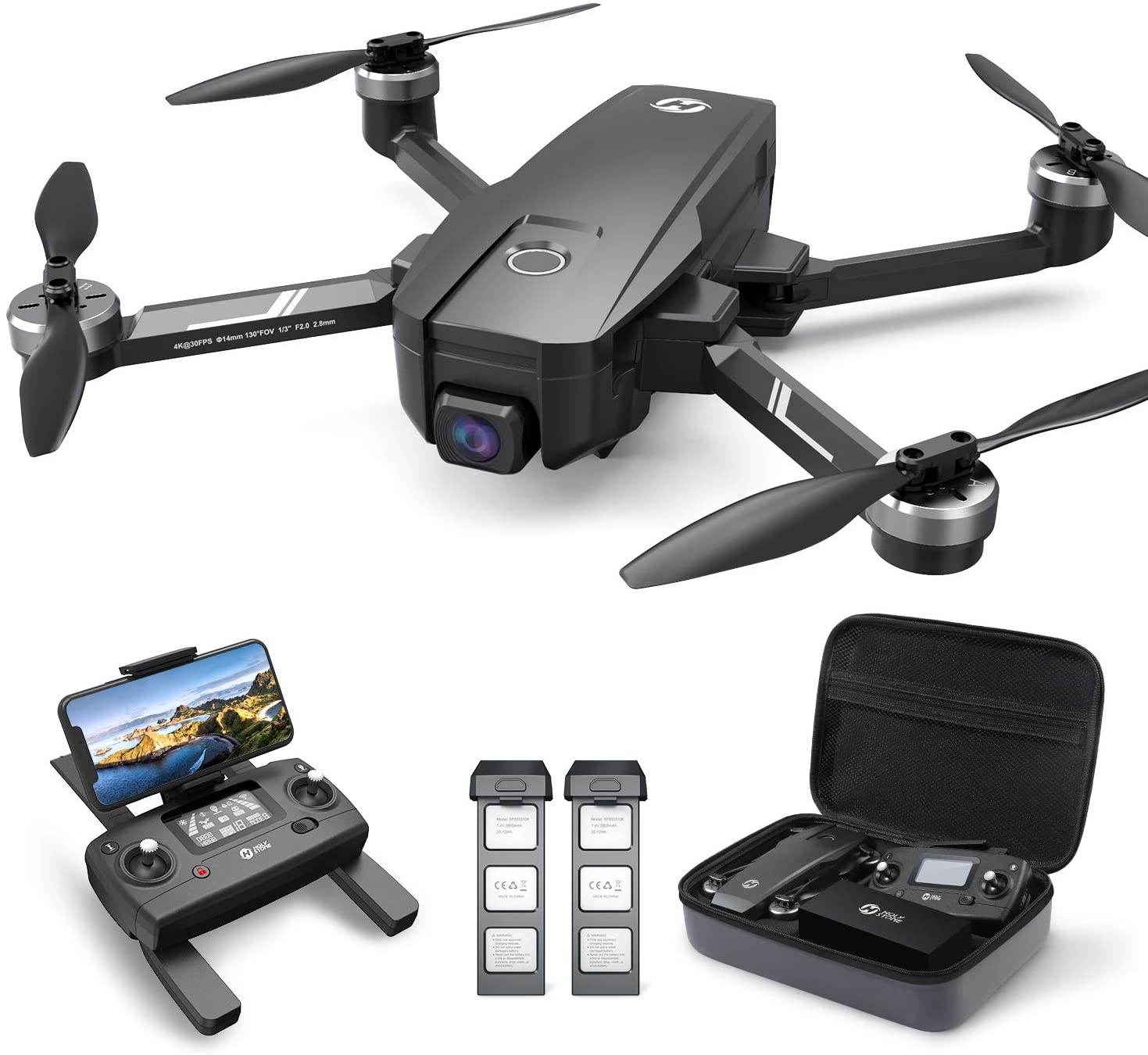
Download the relevant apps
Many drones pair with smartphones and have features that can be accessed via various apps. Do your research and find out what apps will improve your experience with the model of drone you have, and download them ready to use.
Get all the latest news, reviews, deals and buying guides on gorgeous tech, home and active products from the T3 experts
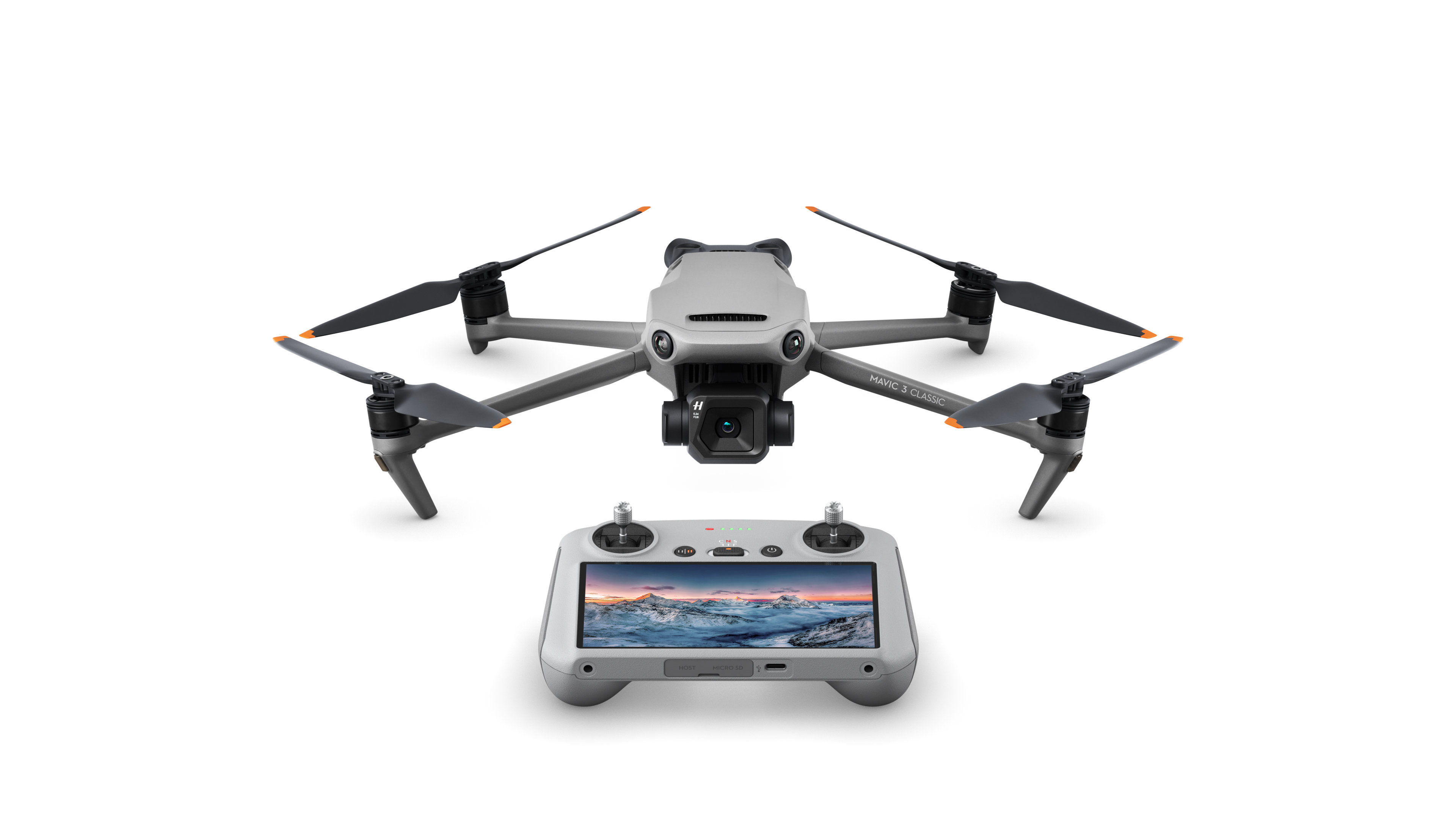
Familiarise yourself with the regulations that apply to your drone
Many toy drones, designed for use by children, can be flown without any paperwork, but most outdoor drones – particularly the ones fitted with a camera – require registration for a Pilot ID and Flyer ID before you’re allowed to legally fly them. It’s important you understand what this means and follow the correct steps to get registered before you take your drone and start exploring the sky outdoors - fortunately, this is all explained in our Drone Regulations Guides.
Take off
Don’t be scared. Power the drone up and get it off the ground. If you’re using a drone designed for indoor use, clear the room of easily toppled breakables, small children and elderly frail relatives, then go nuts. Set yourself a little course and try and manoeuvre the drone around it. If you’re lucky enough to have a large garden, try it out there, doing laps of trees, poles or other prominent features.
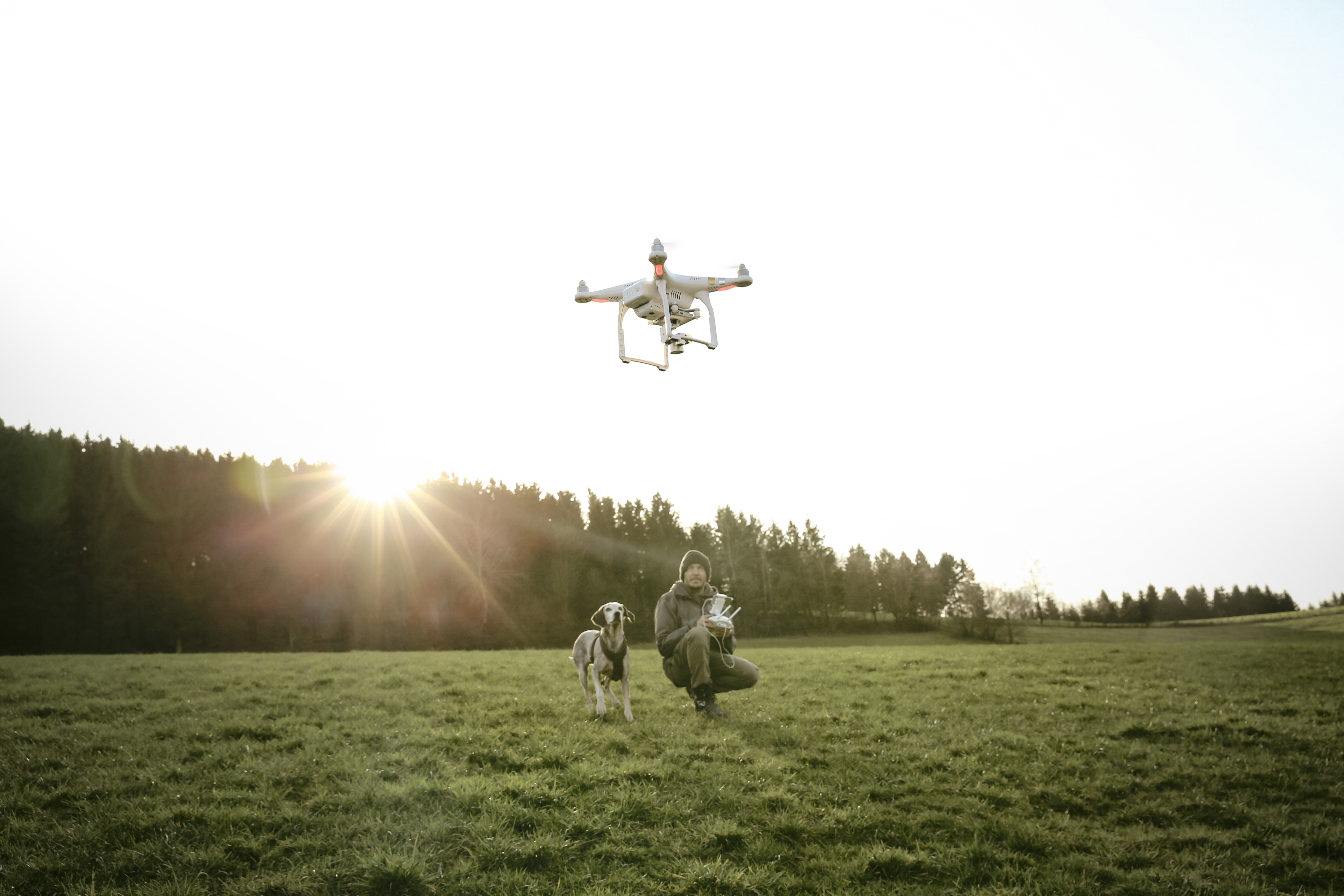
Practise when it’s quiet and calm
If you’re using a larger drone, one built for flying in the outdoors, choose a spot and select a time when less people are going to be around, so you can practise basic moves with your drone without feeling like you have an audience. Definitely avoid flying your new drone over people, property or animals.
Weather conditions can often be challenging at this time of year - check the forecast and try and head out when there’s little to no wind, and it’s not raining. (As you get better, however, it’s well worth practising in slightly windier conditions.)
Start filming
If your drone is equipped with a camera, start shooting as soon as possible. Aerial photography enables you to capture all sorts of things from an entirely new perspective, from sunrises and sunsets over various landscapes to natural features such as treetops, waterfalls and waves. Initially, however, until you are more confident with your flying skills, try and avoid water and very large drops, since a crash here could be catastrophic. Stick to shooting in places where you can easily recover your drone if something goes wrong.
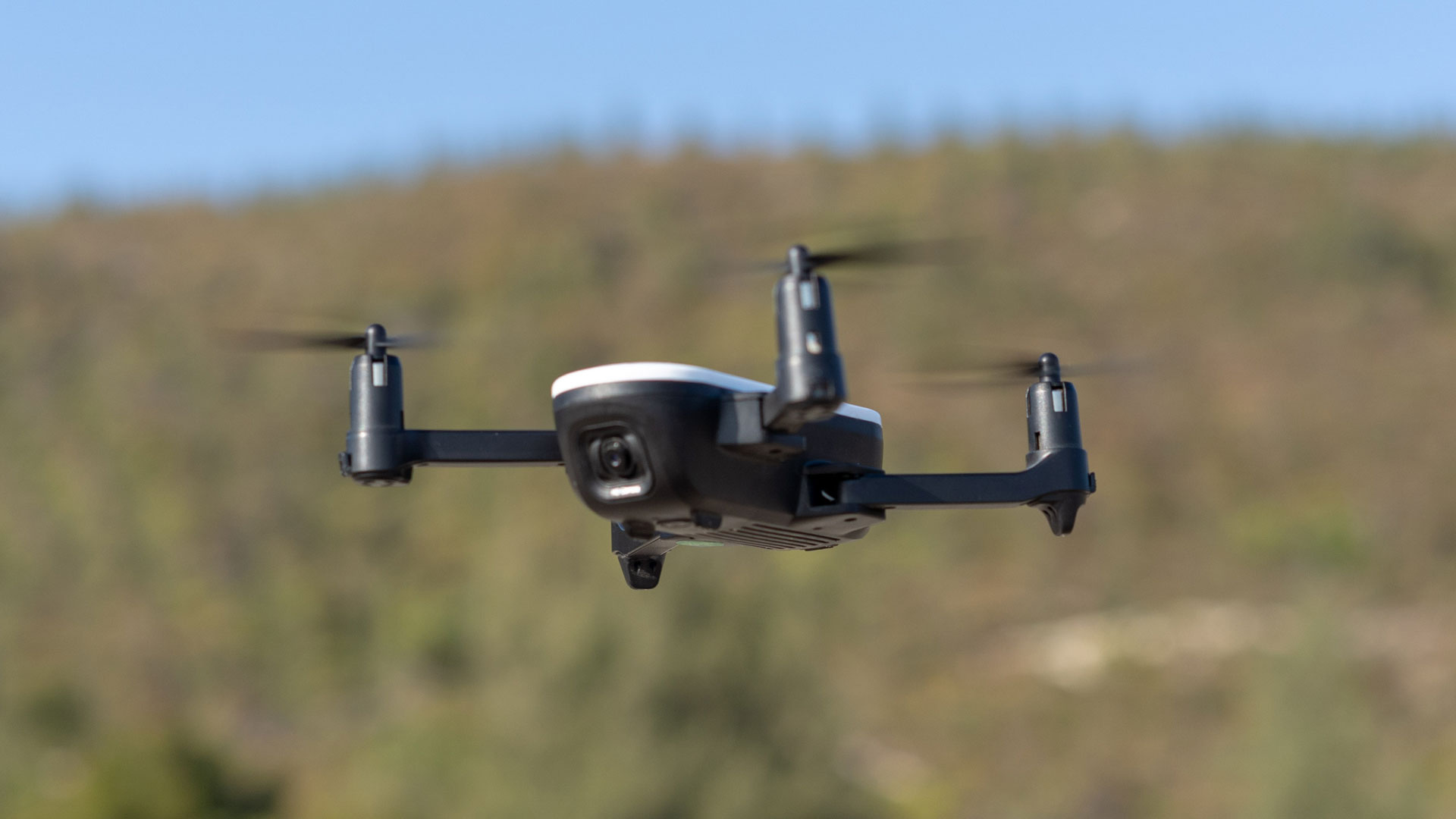
Explore the features of your drone
Many of the best drones out there, from brands such as DJI, have fantastic features such as follow and settings that allow you to capture footage from a circular, spiral and rocket perspective. Play around with all of the features to see what you can achieve. Also familiarise yourself with the in-built safety features, such as the Return to Home (RTH) mode, which will ensure your drone comes back to you if a button is pressed, or if it’s running low on juice or loses signal.
Don’t be too scared of crashing
As per above, give yourself as much room (physical and head space) as possible, and avoid doing your first few flights over really challenging terrain, but beyond this, don’t spend the whole time panicking about crashing - learn to relax and enjoy your drone.

Fly responsibly
There is some negativity around drones, and this has largely been caused by irresponsible and reckless pilots. Please be very careful not to disturb wildlife or other people enjoying the outdoors while flying your drone. Observe local restrictions (many properties, including most National Trust site, prohibit the use of drones without express permission) and national regulations.
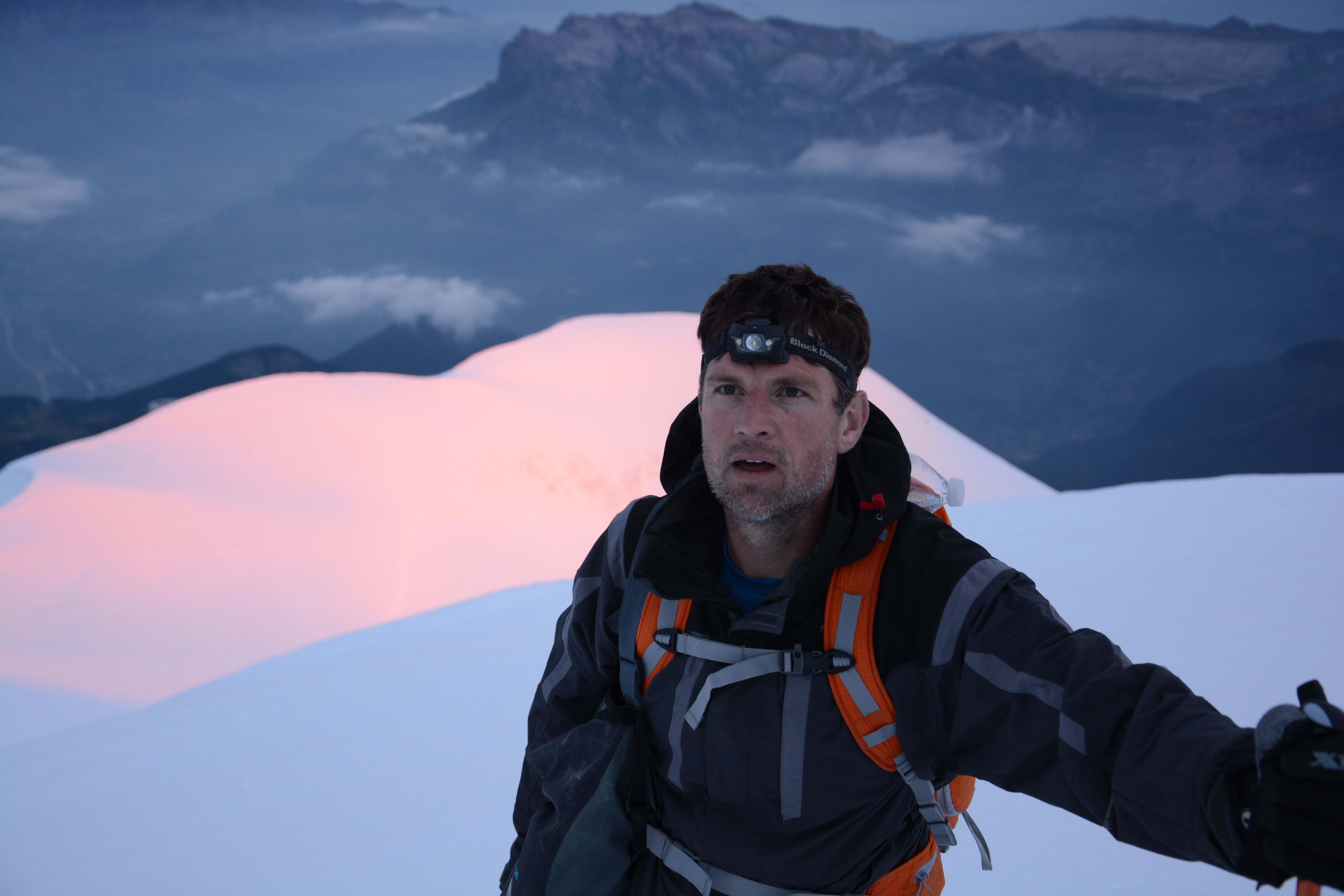
Author of Caving, Canyoning, Coasteering…, a recently released book about all kinds of outdoor adventures around Britain, Pat Kinsella has been writing about outdoor pursuits and adventure sports for two decades. In pursuit of stories he’s canoed Canada’s Yukon River, climbed Mont Blanc and Kilimanjaro, skied and mountain biked across the Norwegian Alps, run ultras across the roof of Mauritius and through the hills of the Himalayas, and set short-lived speed records for trail-running Australia’s highest peaks and New Zealand’s nine Great Walks. A former editor of several Australian magazines he’s a longtime contributor to publications including Sidetracked, Outdoor, National Geographic Traveller, Trail Running, The Great Outdoors, Outdoor Fitness and Adventure Travel, and a regular writer for Lonely Planet (for whom he compiled, edited and co-wrote the Atlas of Adventure, a guide to outdoor pursuits around the globe). He’s authored guides to exploring the coastline and countryside of Devon and Dorset, and recently wrote a book about pub walks. Follow Pat's adventures on Strava and instagram.